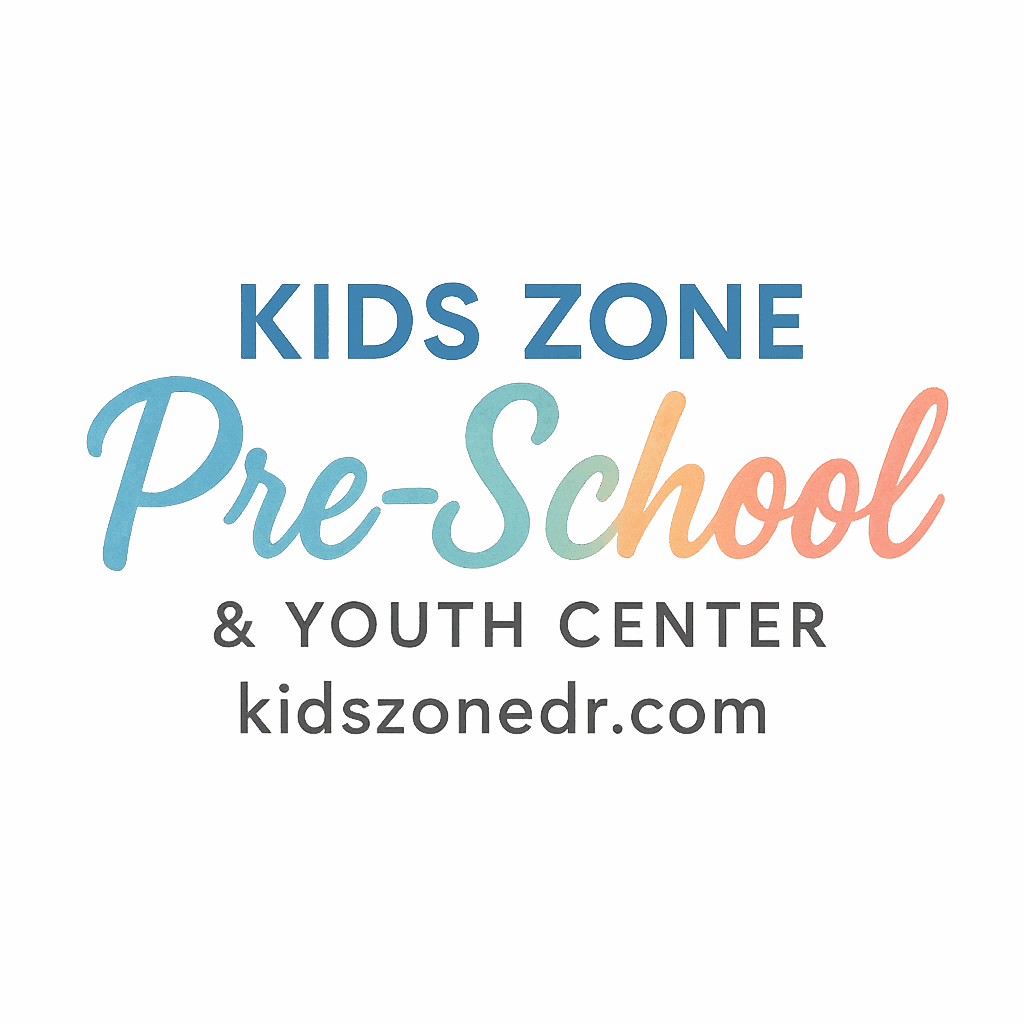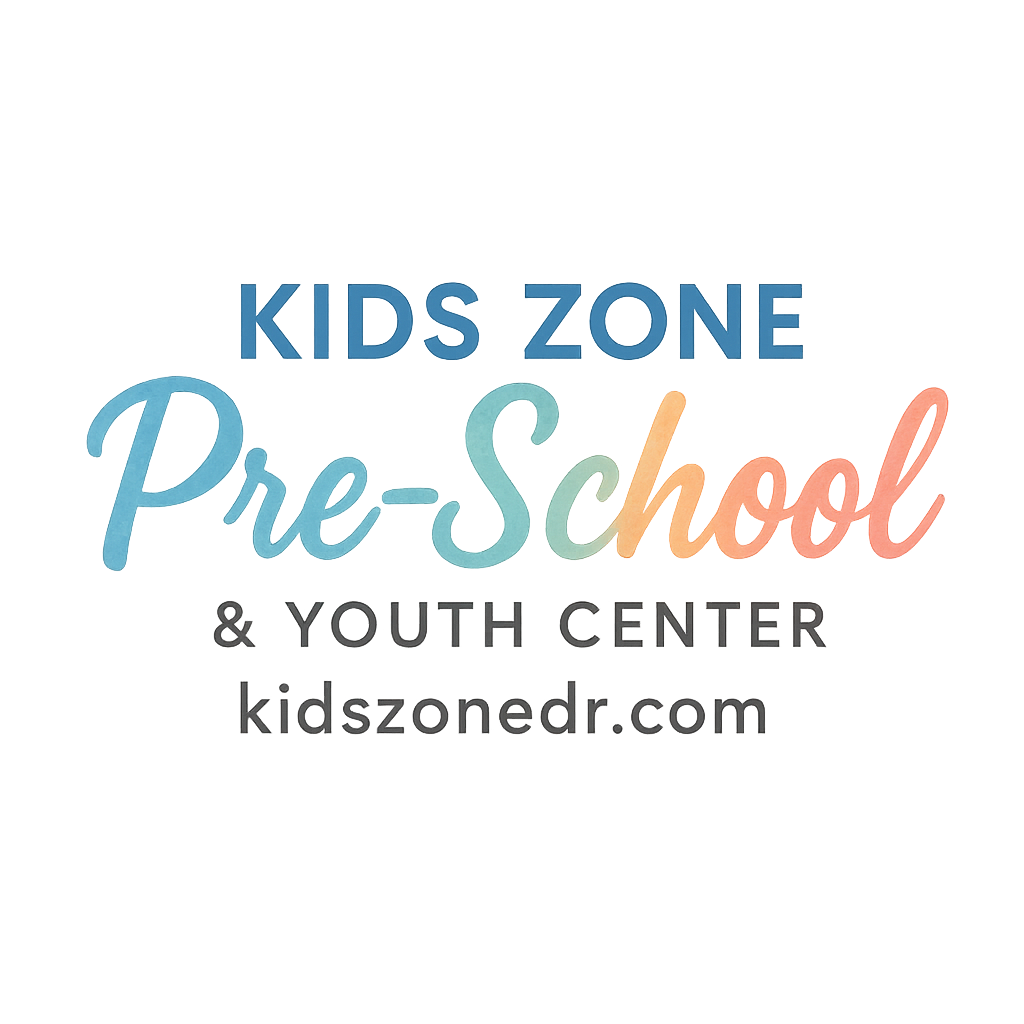Introduction
Preschool is more than just a place for children to learn their ABCs and 123s. It’s a nurturing environment that fosters creativity, enabling young minds to explore their imagination and develop essential cognitive and emotional skills. The early years of education play a crucial role in shaping a child’s future, and one of the best ways to ensure long-term success is to encourage creativity. In this article, we’ll explore five key ways in which preschool encourages creativity in kids, providing them with the tools they need to thrive later in life.
1. Play-Based Learning
What Is Play-Based Learning?
Play-based learning is a teaching method where children learn through engaging and meaningful play. This educational style prioritizes the natural curiosity of children, allowing them to explore various concepts in a relaxed and enjoyable environment. Play-based learning is especially effective in encouraging creativity because it fosters independence, problem-solving, and critical thinking.
How Play-Based Learning Stimulates Creativity
Through play, children are given the freedom to experiment with ideas, make decisions, and explore solutions. For example, when kids engage in activities like building with blocks or role-playing, they are developing their creativity by experimenting with different designs, solving challenges, and thinking abstractly. The open-ended nature of play fosters a child’s ability to innovate.
Moreover, play-based learning often involves collaborative play, where children work together to solve problems. This shared interaction helps children explore new perspectives and exchange creative ideas. Learn more about how creativity can be incorporated into preschool activities in our styling techniques guide.
2. Encouragement of Self-Expression
Art and Craft Activities
Art and craft activities are an excellent way for children to express themselves creatively. These activities range from drawing and painting to crafting with various materials, and each one offers a unique opportunity for self-expression. By encouraging children to create, preschools help them develop confidence in their ideas and imagination. Kids can create whatever they envision, be it through coloring or constructing their own sculptures, all of which nurture their creative minds.
Art fosters creativity because there are no right or wrong ways to do it. Every child can create something unique, and the process itself is just as valuable as the final product.
Role-Playing and Pretend Play
Role-playing is another activity that fosters creativity in preschoolers. Whether pretending to be a doctor, teacher, or astronaut, role-playing allows children to engage their imagination fully. By stepping into different characters and situations, they practice storytelling, problem-solving, and develop empathy.
This kind of self-expression gives children a safe space to explore their emotions and ideas. It’s a vital aspect of creativity as it allows children to build scenarios, expand their imaginations, and challenge the limits of their reality.
If you’re looking to discover more creative activities for children, check out our wig tutorials for unique tips and tricks.
3. Exposure to New Ideas and Experiences
Field Trips and Interactive Experiences
Field trips and hands-on experiences are vital to preschoolers’ creative development. When children visit museums, zoos, or art galleries, they’re exposed to new perspectives, ideas, and environments. These experiences ignite curiosity and help children think creatively about the world around them. After such outings, kids might create drawings or stories about their experience, further enhancing their creativity.
Field trips not only broaden children’s horizons but also inspire them to think critically about the world. A trip to an art gallery might prompt a child to ask questions about the art, sparking their imagination.
Additionally, interactive activities, such as group storytelling sessions or creative writing exercises, help children develop narrative skills and further fuel their imagination. For example, you can read books that encourage creativity and imagination. You can explore our recommended hair guide for fun, creative ways to get inspired by different cultures and stories.
Storytelling and Books
Storytelling is another powerful tool in fostering creativity. Through stories, children are transported to different worlds, allowing them to imagine new possibilities and perspectives. Preschools often use storytelling to introduce new vocabulary, sequencing, and social-emotional development. Encouraging children to create their own stories or predict what happens next in a book strengthens their ability to think creatively.
Books are a gateway to creativity. Whether it’s reading a fairy tale or exploring real-world adventures, stories provide children with the opportunity to think beyond their immediate surroundings.

4. Hands-On Learning with Manipulatives
Building Blocks and Puzzles
Manipulatives such as building blocks, puzzles, and sorting toys are key tools in promoting creativity. These hands-on activities engage children in building and problem-solving, while simultaneously enhancing their cognitive abilities. By manipulating materials like blocks, kids learn spatial awareness, problem-solving, and how different components fit together. These skills are essential for creative thinking.
Moreover, puzzle-solving helps improve logical reasoning, memory, and critical thinking, all of which enhance creative abilities.
For additional creative building ideas, be sure to check out our detailed wig buying guides that offer advice on selecting the best tools for building your kid’s creativity.
Exploring Different Textures and Materials
Preschools often offer a variety of materials for kids to explore. These include clay, fabric, sand, and wood—each with its own texture, weight, and properties. When children experiment with different materials, they engage in sensory learning, which not only stimulates their senses but also encourages them to think creatively about how they can manipulate these materials to create new objects.
Kids often create simple sculptures, models, or even abstract designs from materials like clay or fabric. The tactile process of feeling, shaping, and building helps children refine their creative abilities and come up with innovative ideas.
5. Freedom to Make Choices and Decisions
Creating a Safe and Supportive Environment
One of the most significant ways preschools encourage creativity is by providing children with the freedom to make choices. In an environment that supports autonomy, kids learn to trust their own ideas and make decisions based on their interests. Allowing kids to choose which activities to participate in fosters independence and creativity.
For instance, giving children the freedom to choose between various art supplies or activities like reading or building encourages them to take ownership of their learning process, allowing their creative abilities to thrive.
For tips on how to build a safe and creative learning environment at home, check out our wig fashion trends page, which offers insights into nurturing creativity in different spaces.
Fostering Independent Thinking
Alongside making choices, preschools also encourage independent thinking. By providing opportunities for children to work through challenges and think for themselves, preschools help children develop problem-solving and creative thinking skills. Independent thinking encourages children to come up with their own solutions rather than rely on others for answers.
This autonomy in decision-making helps children build resilience, develop creative solutions to problems, and approach challenges with confidence. In fact, creative thinking is often best nurtured in an environment where kids feel empowered to act on their ideas.
Conclusion
Preschool plays a crucial role in fostering creativity and problem-solving abilities in young children. By using play-based learning, encouraging self-expression, exposing kids to new experiences, providing hands-on learning, and promoting independence, preschools give children the tools they need to think creatively. The benefits of creativity go beyond childhood—nurturing a child’s creative abilities early on sets them up for success throughout their lives.
If you want to further explore creative methods and activities for kids, be sure to browse through our other informative guides like wig maintenance, wig care, and much more.
FAQs
- How does play-based learning encourage creativity in preschool?
Play-based learning allows children to explore and solve problems creatively by engaging in fun, interactive activities. It helps them develop critical thinking and independent decision-making skills. - Why is art and craft important for preschoolers?
Art activities help children express themselves and develop fine motor skills. They also promote creativity by giving kids the freedom to create without restrictions. - What role does pretend play play in a child’s creativity?
Pretend play allows children to experiment with different roles and scenarios, helping them build creative ideas and engage in imaginative storytelling. - How do field trips promote creativity in preschoolers?
Field trips expose children to new experiences and ideas, which inspire creative thinking and imaginative play. These real-world experiences help kids think outside the box. - Why is hands-on learning essential for creativity?
Hands-on learning with materials like blocks, puzzles, and clay encourages children to experiment and build, developing both cognitive and creative abilities. - How can preschool teachers encourage independent thinking?
By providing children with the freedom to make choices and solve problems on their own, teachers nurture independent thinking, which is key to fostering creativity. - Can creativity in preschool affect a child’s future?
Yes, fostering creativity in preschool helps children develop skills like problem-solving, collaboration, and critical thinking, which are essential for success in later life.


